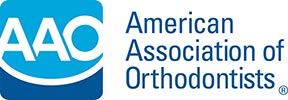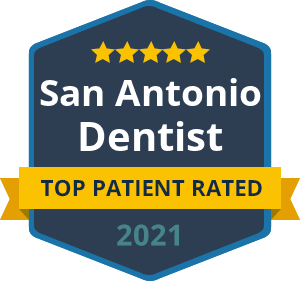Living life among pre-teens and teens can be quite an adventure, and with five children of our own, ranging from teen to toddler, my wife and I know that every day will bring new challenges – and opportunities — for years to come. We pray that we’ll always be ready for whatever comes our way.
While as parents we can’t – and shouldn’t – control every aspect of our children’s lives, there is one important area where our guidance is vital, regardless of their age – and that is with their oral health. That’s why I created a free eBook, Getting Started on Your Orthodontic Journey, to help you develop a plan for your own children’s care.
In the eBook, I talk about Phase Two of the orthodontic journey, which comes at a time when our kids are becoming increasingly aware of how others see them and are trying very hard to fit in. And while “angst” may become their middle name for a few years, we can help smooth their “growing up” path by taking the right steps at the right time.
In an earlier blog, I shared with you information about Phase One orthodontic treatment, which if successfully completed will significantly reduce the second treatment phase that begins around age 11 or older – and usually will involve full upper and lower braces, once all of the permanent teeth are in.
Just remember that orthodontic treatment is timed in a way to complement your child’s growth, so addressing problems as they occur during the various stages of dental development may alleviate more drastic procedures later. Below are some things to remember as you plan for Phase Two of your child’s orthodontic treatment:
Ages 11-14
- Ideal age due to peers undergoing treatment/social acceptance of treatment.
- Ideal timing for certain appliances/procedures that require growth. Missing this growth support may severely limit options for treatment and result in need for more complex treatment or compromised treatment options.
- Permanent teeth are generally present.
- Teeth that are unable to erupt normally due to abnormal loss of deciduous teeth or severe crowding can be addressed if needed to enable teeth to erupt at their normal timing. Delaying normal eruption may cause problems with the teeth that are unable to erupt normally as well as cause damage to the other teeth in the area.
Ages 15-18
- Finishing before high school ends generally makes orthodontic treatment more convenient.
- Nobody wants to have braces their senior year.
- Expansion can still be accomplished without surgery if necessary at this age.
- Teeth that haven’t come in can still be addressed with less difficulty than in adults.
If fixed braces are not your preference, Invisalign Treatment is a great option for teens. With today’s technology and the numerous appliance options available, wearing braces has become a rite of passage for most teenagers. In my next blog, we’ll talk more about these options and how to determine what’s best for your child.
Until then, here’s wishing you and your family “a lifetime of beautiful smiles.”
Posted on behalf of
22610 US Highway 281 North, Suite 201
San Antonio, TX 78258
Phone: (210) 494-4606







